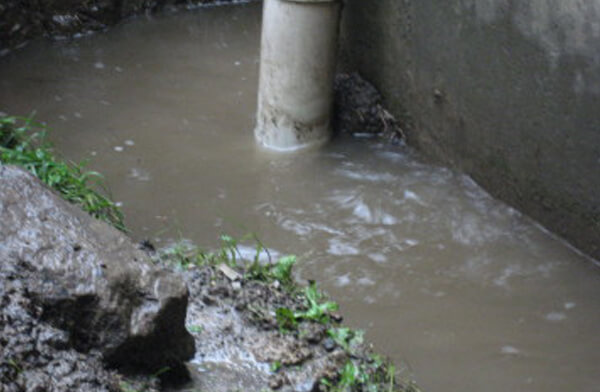6 Ways to Locate Surprise Water Leaks in Your House
6 Ways to Locate Surprise Water Leaks in Your House
Blog Article
This article which follows in relation to Hacks to detect leaks is incredibly entertaining. Read it for your own benefit and decide what you think of it.

Early detection of leaking water lines can alleviate a possible disaster. Some little water leakages might not be visible.
1. Analyze the Water Meter
Every house has a water meter. Examining it is a proven way that helps you discover leakages. For starters, shut off all the water sources. Make certain no one will certainly flush, use the faucet, shower, run the washing maker or dishwasher. From there, most likely to the meter and also watch if it will alter. Because nobody is using it, there should be no movements. That shows a fast-moving leakage if it moves. Furthermore, if you find no changes, wait a hr or 2 and examine back once more. This suggests you may have a slow-moving leakage that can also be below ground.
2. Check Water Usage
Analyze your water expenses and also track your water consumption. As the one paying it, you must see if there are any type of inconsistencies. If you identify sudden changes, in spite of your intake coinciding, it means that you have leaks in your plumbing system. Bear in mind, your water bill ought to drop under the exact same variety each month. An unexpected spike in your costs suggests a fast-moving leakage.
A consistent rise every month, also with the same practices, reveals you have a slow leakage that's also gradually escalating. Call a plumber to thoroughly inspect your residential or commercial property, specifically if you really feel a cozy location on your flooring with piping beneath.
3. Do a Food Coloring Test
When it comes to water usage, 30% comes from bathrooms. If the shade somehow infiltrates your bowl during that time without flushing, there's a leak in between the tank and bowl.
4. Asses Outside Lines
Do not neglect to examine your outdoor water lines also. Ought to water seep out of the connection, you have a loosened rubber gasket. One small leakage can waste bunches of water as well as spike your water expense.
5. Evaluate the circumstance and check
Property owners need to make it a routine to inspect under the sink counters as well as even inside cupboards for any bad odor or mold growth. These two warnings show a leak so prompt focus is needed. Doing routine examinations, even bi-annually, can save you from a significant issue.
Check for stainings and also deteriorating as most pipelines and appliances have a life expectancy. If you presume dripping water lines in your plumbing system, don't wait for it to intensify.
Early discovery of dripping water lines can mitigate a possible catastrophe. Some small water leakages might not be visible. Examining it is a surefire way that aids you discover leakages. One tiny leak can lose heaps of water and surge your water bill.
If you believe dripping water lines in your plumbing system, don't wait for it to escalate.
WARNING SIGNS OF WATER LEAKAGE BEHIND THE WALL
PERSISTENT MUSTY ODORS
As water slowly drips from a leaky pipe inside the wall, flooring and sheetrock stay damp and develop an odor similar to wet cardboard. It generates a musty smell that can help you find hidden leaks.
MOLD IN UNUSUAL AREAS
Mold usually grows in wet areas like kitchens, baths and laundry rooms. If you spot the stuff on walls or baseboards in other rooms of the house, it’s a good indicator of undetected water leaks.
STAINS THAT GROW
When mold thrives around a leaky pipe, it sometimes takes hold on the inside surface of the affected wall. A growing stain on otherwise clean sheetrock is often your sign of a hidden plumbing problem.
PEELING OR BUBBLING WALLPAPER / PAINT
This clue is easy to miss in rooms that don’t get much use. When you see wallpaper separating along seams or paint bubbling or flaking off the wall, blame sheetrock that stays wet because of an undetected leak.
BUCKLED CEILINGS AND STAINED FLOORS
If ceilings or floors in bathrooms, kitchens or laundry areas develop structural problems, don’t rule out constant damp inside the walls. Wet sheetrock can affect adjacent framing, flooring and ceilings.
https://www.servicemasterbyzaba.com/blog/how-to-detect-water-leakage-in-walls/

We were made aware of that article on Top leak detection hacks from an acquaintance on another website. Sharing is caring. One never knows, you may be doing someone a favor. Thank you so much for going through it.
Report this page